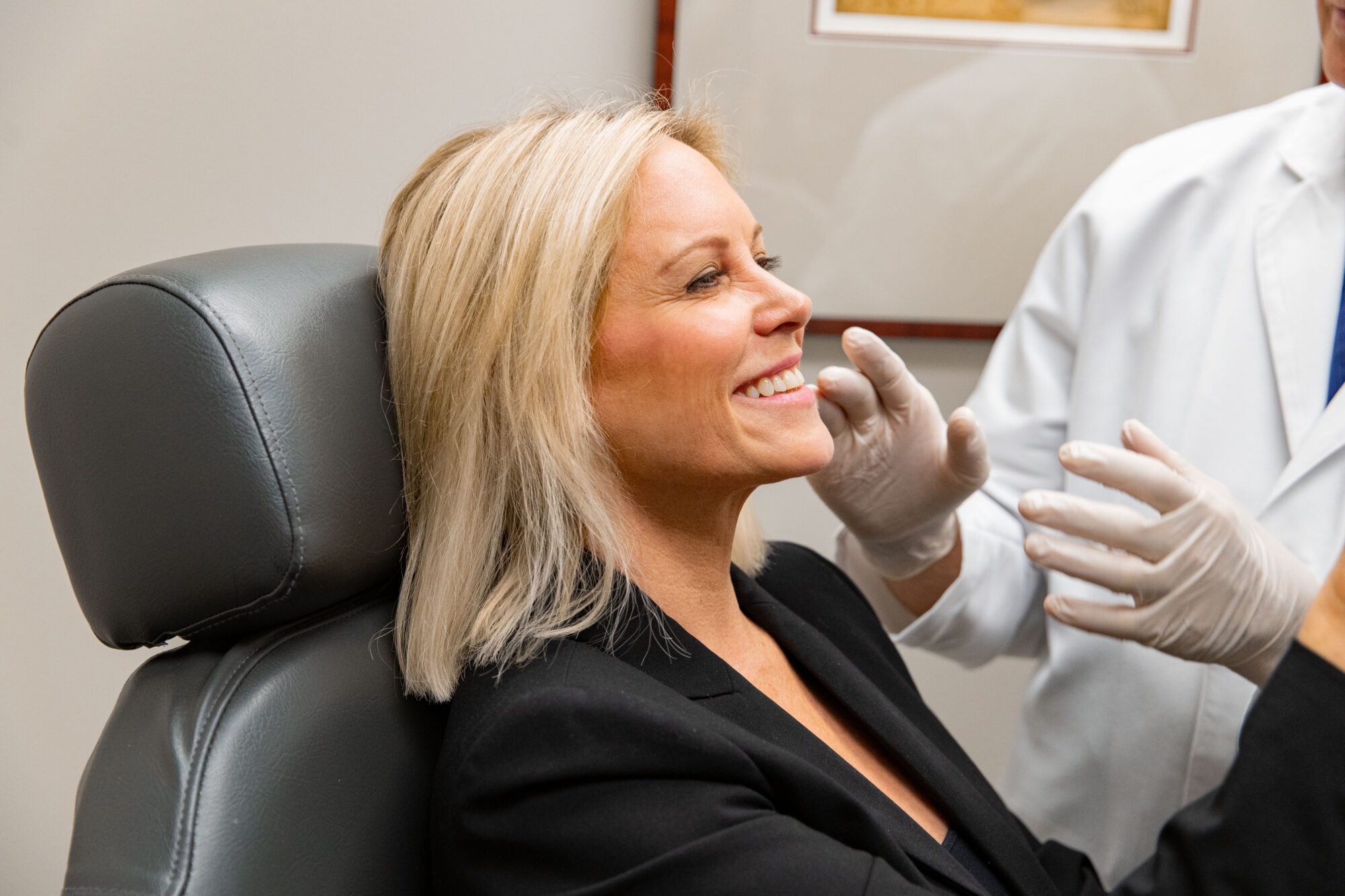A study by the American Academy of Facial Plastic and Reconstructive Surgery shows the demand for surgical and non-surgical plastic surgery procedures has increased 25 percent since 2012.
The study also revealed that the demand for aesthetic injectables such as Botox and dermal fillers is also high; these procedures represented more than 80 percent of the total procedures performed in 2017.
What is driving the surge? The AAFPRS says social media.
More than half of the facial plastic surgeons surveyed by the AAFPRS reported that their patients were looking for plastic surgery procedures to look better online and on social media.
The survey also showed that although millennials take the lion’s share of selfies posted online (55 percent), individuals who are middle-aged and older also want to look good online.
“People want to look great, at 20, at 40, at 60 plus,” said Dr. Gregory W. Chernoff, a triple-board-certified facial, plastic and reconstructive surgeon in Indianapolis and Santa Rosa, California.
One theory behind why taking and posting selfies drives the desire for plastic surgery is that the short distance and angle of the self-snapshot causes a distortion in features.
According to a 2018 Rutgers University study, the features can be distorted as much as 30 percent when the selfie is snapped from a distance of 12 inches away.
When individuals are looking for plastic surgery procedures to improve how they look for selfies and social media, they tend to pick procedures that have fast recovery times, according to the AAFPRS poll, hence the increased demand for minimally invasive treatments such as dermal fillers and Botox. These treatments can quickly address issues including lines, creases and sagging skin.
Other procedures that yield fast results include skin-rejuvenation treatments, neck rejuvenation, facial skin tightening and facial liposuction.
“Minimally invasive and noninvasive procedures are in demand because they are a quick fix,” Chernoff said.
Selfies are not the only cause of the surge in plastic surgery demand; some individuals are driving the interest in aesthetic procedures by livestreaming their treatments over the internet.
In 2017, Texas mother-daughter duo Pamela and Brycen Blinco broadcast their procedures over Facebook while people across the country watched and posted questions. Another Texan, beauty blogger Ashley Devonna, underwent breast-implant augmentation on Facebook Live.
“Sharing information about plastic surgery procedures is becoming more common, which causes others to become interested and seek more information about procedures and plastic surgeons,” Chernoff said.
As individuals share their selfies, experiences and surgeries, the taboo of talking about plastic surgery procedures lessens, which is a good thing, according to Chernoff.
“For many years, having plastic surgery was kept quiet and was thought of as something to be done in secret. Now, people are embracing plastic surgery and talking about their experiences,” Chernoff said.
In addition to fueling the demand and interest in plastic surgery, selfies are doing something else, too; they are helping patients recover from plastic surgery faster.
A 2017 study from the Department of Plastic Surgery at the Cleveland Clinic Foundation revealed that individuals who had plastic surgery and sent selfies to their plastic surgeons in the first few days after their surgery had better recovery experiences than those who did not send self-images.
In the Cleveland Clinic Foundation study, researchers found that the selfies gave plastic surgeons a new way to check in on their patients post-op and make sure that surgical wounds were healing correctly. It also gave the plastic surgeon a chance to intervene if the patient was experiencing wound issues, which helped to improve results for the patient.
Sources:
Allure. Plastic Surgery Trends for 2018 Are Being Shaped by Social Media. Allure. 30 January 2018.
Allure. Taking Selfies Can Help Plastic Surgery Patients Heal, Study Finds. Allure. 19 July 2017.



